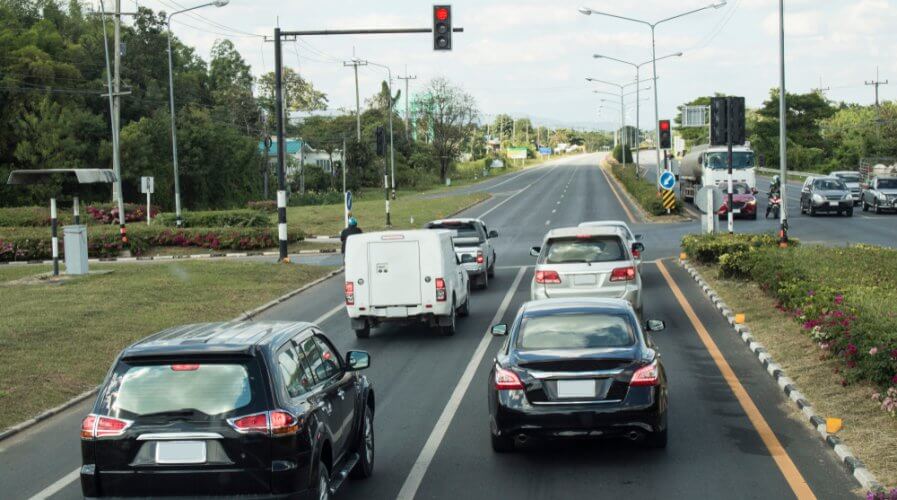
Would you sacrifice data privacy for lower insurance premiums? Source: Shutterstock
Is usage-based insurance really the future for drivers?
AUTO insurance is changing. Instead of charging premiums based on statistics like driving history, location, and age, insurers are experimenting with charging drivers based on actual driving.
This is known as usage-based insurance. Users need to only let insurance company monitor their driving, and the underwriters will come up with a quote based on that recent driving history.
As driving habits change thanks to the advent of the sharing-economy, usage-based insurance is set to become a more popular option for the modern driver.
For the insured, oftentimes usage-based insurance can prove to be much cheaper as companies offer discounts and rewards for safe driving.
Some has referred to this as a gamification of driving. Under some schemes, discounts are earned over time to encourage drivers to keep the app open and their location tracking turned on.
Other schemes passively track and measure all sorts of driving data over a two-week trial period, then use the data collected to calculate an insurance quote or the rate the driver will pay when a policy renews.
Both options require the app to continuously run in the background, essentially recording your every move. The constant monitoring is needed to build a complete profile of the user.
However, this has led to many privacy concerns. A KPMG report showed that while more than half of the population worldwide were willing to share basic data like gender, education, and ethnicity; only 16 percent of users are willing to share their location data and 14 percent willing to share their addresses.
Geolocation is one of the more sensitive data points, as it reveals what stores, clinics, religious destinations you frequent.
Another concern revolves around the accuracy of a phone for tracking and collecting data for assessing insurance premiums.
Typically, a smartphone will be equipped with an accelerometer, gyroscope, global navigation systems (like GPS and GLONASS), and compass – all of which are used to help build a profile of individuals.
However, the data collected from phones are “noisy” – a term used to describe datasets with large amounts of additional meaningless information, known as noise.
Additionally, phones aren’t able to discern if a user was a driver or a passenger. This becomes an issue for users who were taking a flight or has taken a cab ride with a less careful driver.
Companies are attempting to circumvent these issues by logging trips only when a user’s phone is connected to the car’s Bluetooth, or allowing users to categorize past trips when they weren’t the driver.
Some insurers also provide a separate dongle that plugs into the diagnostics port of the car, where it captures data like braking and use of safety systems.
Besides issues of user privacy, there is also the worry that as usage-based insurance becomes commonplace, those who opt to keep their privacy will face increasingly high premiums.
In general, insurers have claimed that customers can save up to half of the amount they are paying into current existing insurances.
While concerns about privacy and accuracy linger, and has to be addressed; the industry is positive that telematics can help price premiums more accurately than traditional insurance.
For users who prefer to keep their data private, the existing datasets can be used as a more accurate base for pricing other insurances.
READ MORE
- Safer Automation: How Sophic and Firmus Succeeded in Malaysia with MDEC’s Support
- Privilege granted, not gained: Intelligent authorization for enhanced infrastructure productivity
- Low-Code produces the Proof-of-Possibilities
- New Wearables Enable Staff to Work Faster and Safer
- Experts weigh in on Oracle’s departure from adland




